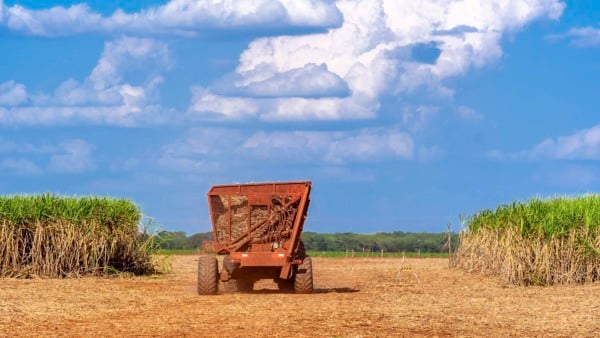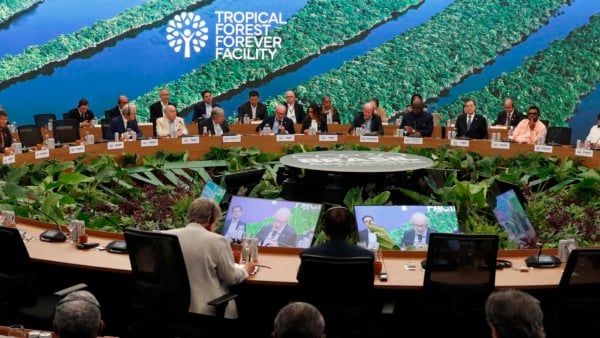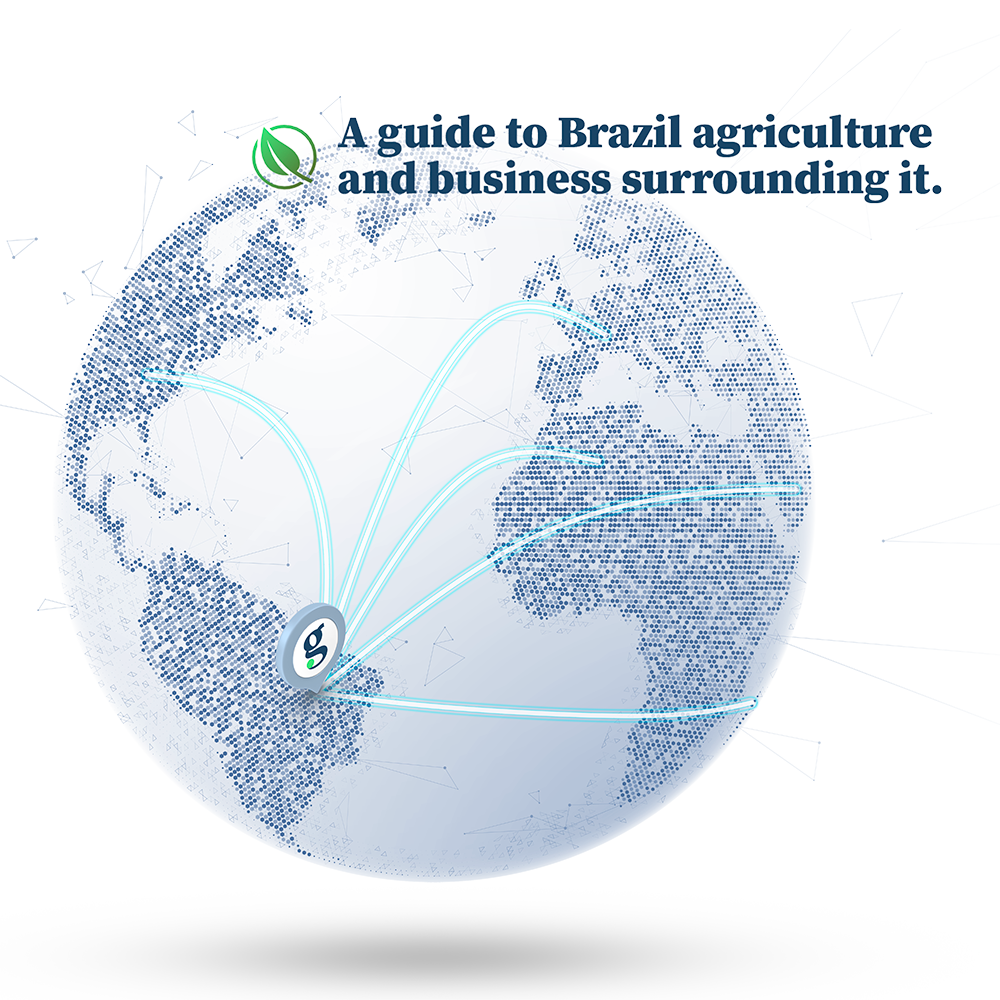Banco do Brasil, the country’s largest lender to agribusiness, is grappling with a surge in farm loan default rates, underscoring that the financial stress among Brazilian farmers is far from over.
Delinquencies on the agribusiness portfolio of the state-run bank climbed to a record 3.94% at the end of the second quarter, compared with 1.32% a year earlier. Just a year before that, the ratio was 0.58%, in line with historical terms.
The deterioration has been building for two years at Banco do Brasil, which holds about half of the nation’s farm credit market.
Executives blame the spike largely on a wave of bankruptcy filings that began in 2024, compounded by poor weather that hurt crops and higher borrowing costs after Brazil’s benchmark interest rate rose to 15%.
“We are at the highest farm default level in Banco do Brasil’s history. Not even in our most pessimistic scenarios would we have projected this,” Chief Executive Officer Tarciana Medeiros said Friday on an earnings call.
The deterioration is concentrated in Brazil’s Center-West and South, while soybeans, corn and cattle account for half of the problem loans. Until last year, nearly three-quarters of borrowers had never fallen behind.
The worsening credit quality forced Banco do Brasil to boost provisions by 74% from a year earlier, to 17.4 billion reais ($3.1 billion). Net income plunged 60% from the second quarter of 2024 to 3.78 billion reais.
More to Come
The outlook isn’t improving in the near term. A significant volume of loans tied to last year’s delayed farm credit program will mature by September, meaning defaults in the third quarter could remain elevated, Medeiros warned.
“What we’re seeing in maturities is very similar to the second quarter — the same clients, the same type of debt,” she said.
In response, the bank has shifted its stance on collections, increasingly taking clients to court — a departure from its reputation as a lender that avoided confrontation. “That has changed,” Medeiros said. Of the cases already judicialized, 38% have been resolved.
The lender is also moving away from traditional collateral structures toward fiduciary liens, which it says give quicker access to guarantees. Loan recovery is now integrated with origination to improve collections.
Those efforts are starting to yield results: Banco do Brasil recovered 2 billion reais ($370 million) in the second quarter, with 65% in cash. Executives expect recoveries to accelerate through 2026, while defaults should gradually ease as farmers’ finances stabilize and new lendings become more selective.








